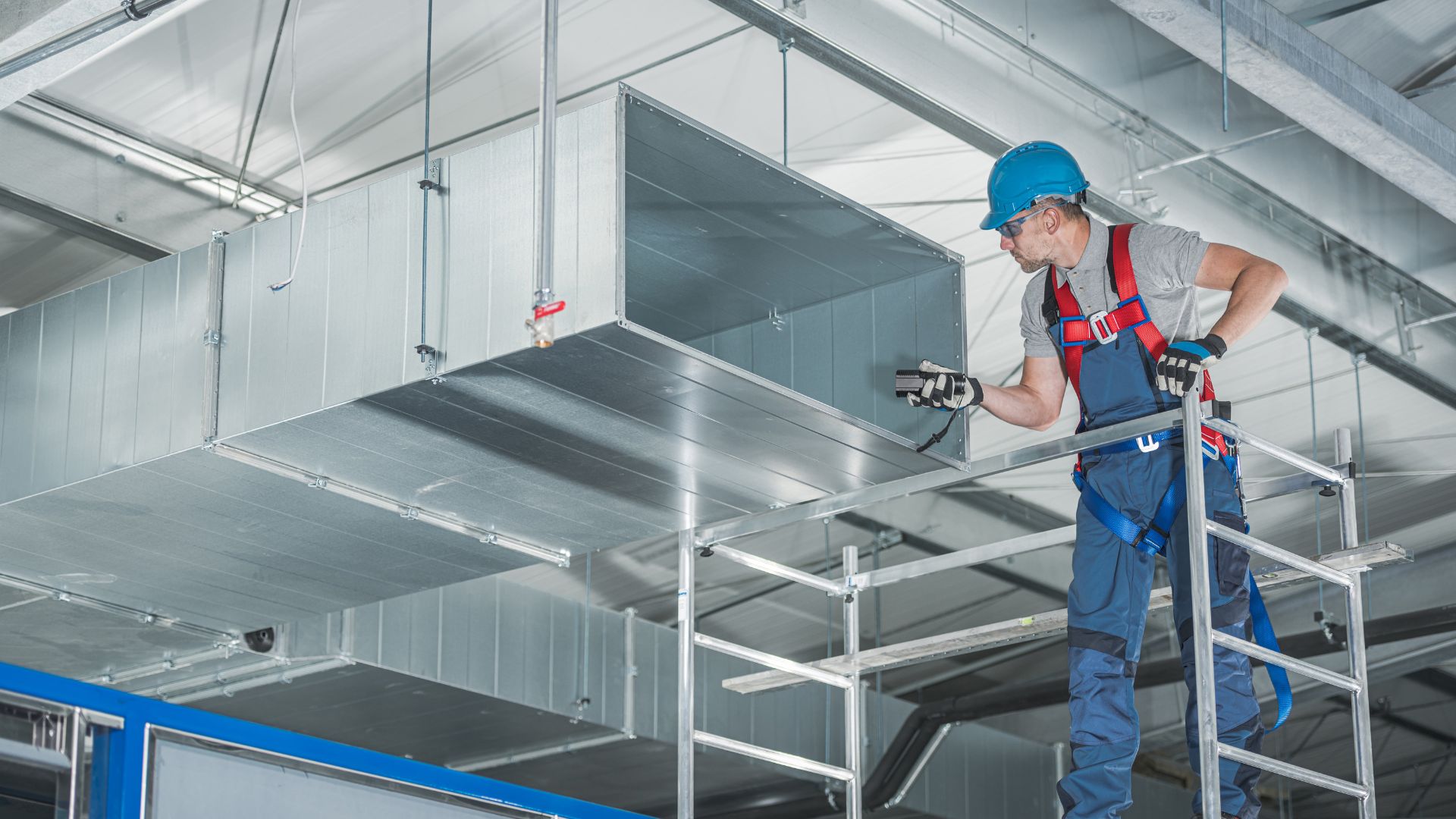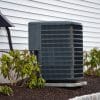Are you tired of constantly adjusting the temperature in your home to suit everyone’s preferences? Do you find yourself arguing over whether it’s too hot or too cold?
Well, say goodbye to those days and hello to dual-zone HVAC systems! This innovative technology allows for customizable temperatures in different areas of your home.
Keep reading to learn more about how these systems work, their benefits and drawbacks, and how to choose the perfect one for your household.
What is a Dual Zone HVAC System?
A dual-zone HVAC system is a heating and cooling system that allows for different temperatures in separate areas of your home. This means you can have one temperature setting in the living room while another area, like the bedrooms, can be set to a completely different temperature.
These systems work by using two or more thermostats connected to dampers within the ductwork of your home’s heating and cooling system. The thermostats are programmed to send signals to open or close these dampers, which then control whether hot or cold air flows into each zone.
Dual-zone HVAC systems offer homeowners greater control over their indoor environment and can save money on energy bills by allowing for more targeted heating and cooling. They are especially useful for homes with multiple floors, large open layouts, or rooms that don’t get used as often.
A dual-zone HVAC system offers both comfort and convenience for households seeking ultimate climate control throughout their living spaces.
How Does a Dual Zone HVAC System Work?
A Dual Zone HVAC system is a heating and cooling system that can provide different temperatures in different areas of your home. It’s perfect for homes with multiple levels or rooms that have varying temperature needs.
The way it works is by using dampers in the ductwork to direct airflow to specific zones. Each zone has its thermostat, which controls the temperature for that area. The thermostats communicate with the main control panel, which then activates the appropriate dampers to regulate airflow.
This means you can set one temperature for your upstairs bedrooms and another for your downstairs living room, all while using the same HVAC system. This not only provides convenience but also saves energy as you’re only heating or cooling areas that need it.
However, it’s important to note that a Dual Zone HVAC system requires professional installation and maintenance to ensure proper functioning. Regular cleaning of ducts and filters is necessary too.
A Dual Zone HVAC System offers great flexibility in controlling indoor temperatures, providing comfort throughout your home while saving money on energy bills through efficient use of heating and cooling resources.
The Pros and Cons of Dual Zone HVAC Systems
Dual-zone HVAC systems have become increasingly popular among homeowners due to their ability to provide customized temperature control for different areas of the house. However, as with any home improvement project, there are both pros and cons to consider before making a decision.
Pros
One advantage of dual zone HVAC systems is that they allow for greater energy efficiency by only cooling or heating the rooms that are in use. This can lead to significant savings on monthly utility bills over time.
Additionally, these systems offer more precise temperature control throughout the house, which can result in increased comfort levels for all occupants.
Cons
However, one potential downside of dual-zone HVAC systems is the initial cost of installation. These units require additional equipment and ductwork compared to traditional single-zone systems, which can be expensive upfront. It’s important to weigh this cost against the long-term savings that will be incurred through increased energy efficiency.
Another consideration is ongoing maintenance requirements. Dual-zone HVAC systems may require more frequent filter changes and cleaning due to their complex design and multiple components. Homeowners should factor in these maintenance costs when considering whether or not a dual-zone system is right for them.
How to Choose the Right Dual Zone HVAC System for Your Home
Choosing the right dual-zone HVAC system for your home can be a daunting task. With so many options available in the market, it’s important to know what factors you should consider before making a decision.
1. Space
The first thing to consider is the size of your home and how many rooms you want to cool or heat. This will help determine the number of zones needed and the capacity required for each unit.
2. Budget
Think about your budget and energy efficiency goals. Dual zone systems with higher SEER ratings are more efficient but also come at a higher cost upfront.
3. Go for reputable brands
It’s also important to choose a reputable brand with good customer support in case any issues arise down the line.
4. Read the reviews
Reading reviews from other homeowners who have installed similar systems can also provide valuable insights into reliability and performance.
Consulting with an HVAC professional can help ensure that you choose a system that meets all your needs while staying within your budget. They can assess your home’s unique layout and recommend specific models based on their expertise.
Conclusion
A dual-zone HVAC system is an innovative solution for homeowners who want more control over their indoor climate while saving money on energy bills. With proper installation and maintenance by professionals in the field, these systems can provide reliable performance year-round.
This type of system offers many benefits, including improved comfort levels and energy savings. However, it’s important to choose the right system for your home and budget.
Consider factors such as size, capacity, and energy efficiency when making your decision. Always consult with a professional HVAC technician who can help you make an informed choice based on your specific needs.




